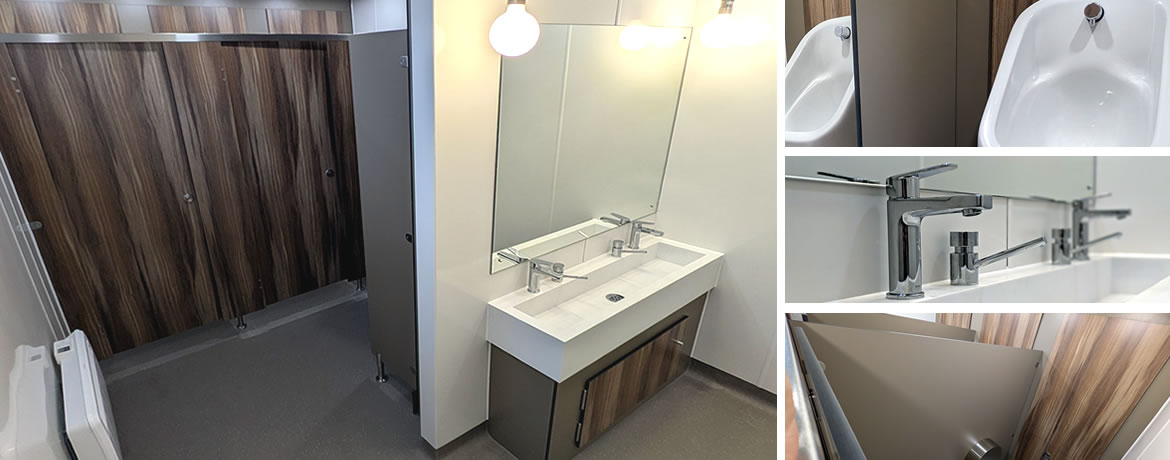How Does A Shower Mixing Valve Work?

We explore how a shower mixing valve works, and why it’s essential for your commercial washroom.
When it comes to the changing room, safety concerns go up a notch. This is where the washroom environment is at its wettest, and where accidents are common. For years washroom designers have worked hard to mitigate the risk when it comes to changing room users. Developments in anti-slip safety flooring that works when wet now prevent a huge amount of falls and injuries. New types of wall cladding contain humidity, while rust resistant lockers ensure a long life-span.
However, the shower valve has a lot to answer for when it comes to user safety. This control allows users to wash under water that is a comfortable temperature and protects them against accidental scalding.
So what is a shower mixing valve?
A shower mixing valve, not to be confused with a thermostatic mixing valve, is a control that allows users to blend the hot and cold feeds of water, to deliver showering at a comfortable temperature.
A thermostatic mixing valve (or TMV3) also blends the hot and cold feeds of water, but prior to delivery of hot water - before it leaves the tap. This is used across all commercial showers and ensures that the hot feed is not scalding hot - a problem when water is drawn direct from hot water storage.

How does a shower mixing valve work?
Shower mixing valves have many designs, but most commonly they employ a lever. The range will run through cold all the way up to hot. If the lever is in the middle, then the mix of hot and cold water will be around 50:50, with the ratio rising or declining depending on which way you take the lever.
Do I need a shower mixing valve?
That depends. If you want to give your users the option to control the temperature of their showers, then a mixing valve is essential. However, if you are operating showers at a set temperature with only an on and off control, then perhaps a shower mixing valve isn’t for you. In any event, you will have a TMV3 to protect your users, particularly the elderly and children, against scalding.

What types of shower mixing valves are there?
You will be able to choose from several different types of shower mixing controls. Concealed mixing valves sit recessed into the wall. This delivers a flush, clean finish. Alternatively, you may opt for a surface mounted shower mixing valve, with the pipe work either chased into the wall, or exposed. There’s also the option for a complete shower unit. These units contain the shower mixing valve and the shower head, as well as all connecting pipework. These units make maintenance or replacements simple and fast.
If you would like further advice regarding shower mixing valves, or to chat over your changing room refurbishment, get in touch with one of the team on 01202 650900.






